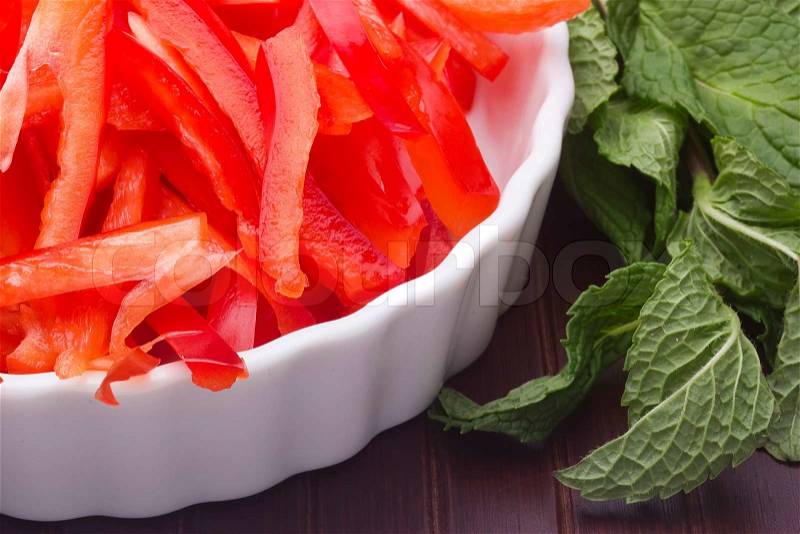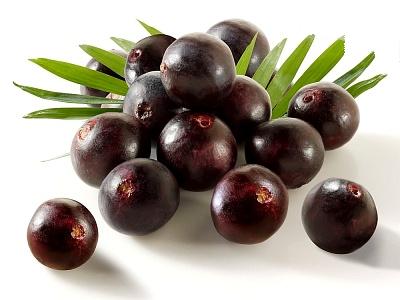POPULAR DIET
MYTHS EXPOSED
Diet myths abound. There are so many rules about what to eat and what not to eat that it can be hard to know what’s true and what isn’t. With the holidays around the corner (with their abundance of sweets and treats) we thought it was the perfect time to set the record straight when it comes to what to eat – and what to avoid.
POPULAR DIET
MYTHS EXPOSED

Diet myth: Alcohol is completely off-limits
If you think you have to forgo all of the holiday cheer this season just because you’re watching your waistline, think again. "The liver is a very powerful organ that has the ability to process and remove up to two glasses of beer or wine, or one cocktail, per day," Mittler explains. "An occasional drink with your meal is completely acceptable, but keep your servings in check." Four ounces of wine or 1.5 ounces of vodka equals one serving. Alcohol is broken down in your body similarly to sugar and fat so if you are going to have a drink, limit the carbohydrate content of your meal to adjust for the drink, the dietitian tells us. "In other words, skip the bread at the table if you opt for a glass of wine."
Diet myth: If I exercise, I can eat anything I want
Make a note: When you exercise, keep in mind that it’s the combination of cardio and resistance training that will give you the best results, Mittler says. Cardio, like running or cycling, burns stored fat, while the resistance training, such as weights or crunches, allows you to build muscle mass and raise your metabolism.
Just because you went for a jog doesn’t mean you can eat extra pumpkin pie. Exercise is a must – it helps improve your mood, keeps you healthy and gives you the energy you need to take on the day. But it isn’t an excuse to eat everything on the holiday table (with second helpings). "Exercise alone doesn’t lead to weight loss," Mittler says. She explains that weight loss is achieved and maintained through a healthy calorie deficit, meaning you have to burn more calories than you eat in order to shed pounds. It’s fine to indulge a little over Christmas but make sure in between bigger meals you’re choosing lean proteins and lots of vegetables.
Diet myth: Carbs are the enemy
You can have your carbs – and eat them too. Pasta, potatoes and breads don’t make you fat; it’s the portions that they come in that can affect your weight. We know your mother-in-law makes mouthwatering mashed potatoes – and you can enjoy them, just don’t overdo it. A great rule of thumb is to think of a portion of carbohydrates as a "loose fist," Mittler advises. This will give you a better perspective on the amount to take on your plate. "The moral of the story is, when choosing to carbohydrates, try to opt for whole grain or whole wheat varieties," she says. "These complex carbohydrates are higher in fiber, take longer to digest and keep you more satisfied."
Diet myth: Nuts should be avoided
Have you been saying no to nuts? You may want to rethink your decision. "Nuts are a healthy option, as they contain monounsaturated fats, can help reduce LDL cholesterol levels and are loaded with fiber, protein, vitamin E, folic acid, magnesium, copper and antioxidants," Mittler says. "Proteins such as nuts keep blood sugars even, so that you become satisfied and decrease your hunger." It is important, however, to watch your portions carefully, since nuts are high in calories and fat. But in the right amount they are a great addition to any diet.
Diet myth: You need to cut calories severely
Going on a crazy, ultra-low-calorie diet might seem tempting when you’re worried about fitting into your New Year ’s Eve dress but resist the urge to drop weight too quickly. "Before you buy enough celery sticks to last a year remember that your body needs a certain amount of calories and nutrients per day to function properly," Mittler says. A balanced diet combined with regular physical activity is your best bet. "The best way to lose weight and keep it off is to eat a proper diet that is loaded with healthy, green veggies and lean protein."
Diet myth: Red meat is bad for your health
Quick tip: If you decide to have some red meat for dinner, load up on foods that have high levels of vitamin C, Mittler says. This will allow you to absorb more iron, making it even more nutritious.
As long as the red meat is lean and eaten in proper servings (3 to 4 ounces), you can stop feeling guilty, says Mittler. In fact, she explains that red meat is loaded with healthy nutrients like protein, iron and zinc. "Just stick with the lean, lower-in-fat cuts like tenderloin, beef round, sirloin top, flank steak and extra-lean ground beef. "
.jpg)























